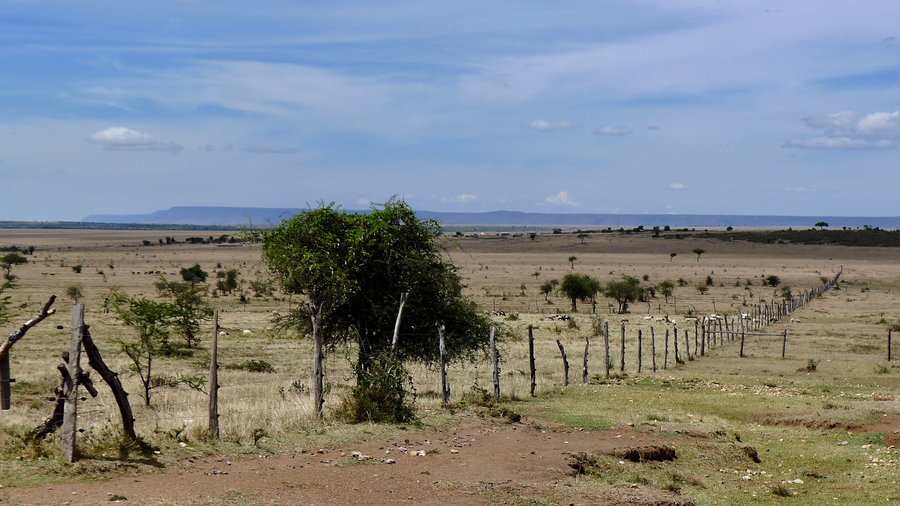Unique ecosystem in East Africa threatened with collapse
The Greater Mara is a large area covering 668,500 hectares in south-western Kenya. The animal life is completely unique and the area is home to the famous Maasai tribe. New research now shows that the area is seriously threatened by human-induced changes, and that fencing is shooting up on an unprecedented scale and at a rapid pace.

Most people have no doubt heard of the Maasai Mara National Reserve – a famous nature reserve in Kenya named after the original inhabitants of the area (the Maasai). Towards the south, the area joins the Serengeti plains, which are known for the large migration of animals on the border between Kenya and Tanzania, where approximately two million animals migrate every year in search of water and new grass. However, the Maasai Mara National Reserve only makes up a fraction of the Greater Mara ecosystem, a 668,500-hectare natural habitat that – according to new research – is severely threatened by expanding fencing in the area.
“By comparing a number of satellite images from 1985 to 2016, we’ve been able to demonstrate that, during the last two years alone, there’s been a significant increase in the number of fences across virtually the entire Greater Mara. The situation is so serious that it will lead to a collapse of the unique ecosystem in the very near future unless there is major intervention,” says Assistant Professor Mette Løvschal, Aarhus University, who has just published an article in Scientific Reports – the open-access version of the prestigious scientific journal Nature.
Peder Klith Bøcher, Department of Bioscience, Aarhus University, was responsible for mapping all the fences in Greater Mara. He says that during the period from 1985 to 2010, there were virtually no fences in the area, apart from those used by the Maasai to fence in their cattle at night. What can be seen is that there was a slow progression of fences during the period 2010–2014, but within the last two years, the establishment of fences has taken place at a rate never seen before, and that areas of the former open savannah have been significantly reduced.
Read the entire article here.
Videnskab.dk has written a lengthy article about the discovery, which you can read (in Danish only) here.
